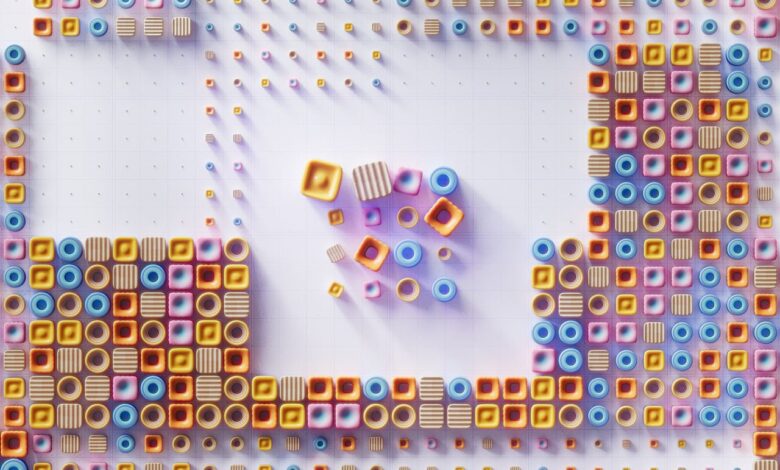
All countries worldwide seem to brag about their supercomputers — well, not all. China has announced that they have a new supercomputer named Tianhe Xingyi. Of course, they don’t say what kind of CPU it’s using, but it has been hinted and some have theorized that it may have breached exascale computing. Per Wikipedia, exascale computing is the computing system capable of calculating at least “1018 IEEE 754 Double Precision (64-bit) operations (multiplications and/or additions) per second (exaFLOPS).”
Standard benchmarking competitions are set to prove engineering feats of this kind, but China hasn’t ever entered its stats anywhere where they can be tested. The Chinese supercomputer program is totally secret because, as you know, China doesn’t have access to advanced technology. Sanctions have remained levied against it, so a supercomputer that could break the exascale barrier would seemingly be impossible.
China has been ahead of the supercomputing race for some time, so the Tianhe Xingyi shouldn’t be a surprise
Nonetheless, the state news agency Xinhua, reported the supercomputer Tianhe Xingyi and the system were launched in Guangzhou at this year’s Supercomputing Innovation Application Conference. Reuters stated that “Tianhe-2 topped a list of the world’s 500 fastest systems for three consecutive years from 2013 but dropped out of the top position in 2016, the year after the U.S. government placed the NUDT on a blacklist that eliminated the university’s access to the Intel processors it uses in its supercomputers.”
The Sunway TaihuLight, another computer from China developed by the National Supercomputing Center in Wuxi, ranked seventh on the June 2023 list — while the Tianhe-2 ranked tenth. Sunway TaihuLight has 93 petaflops, making it faster than the Tianhe-2. The Sunway TaihuLight was locally developed with a ShenWei processor, and custom interconnect instead of parts that have been sourced elsewhere.
Lu Yutong, director of the National Supercomputing Center in Guangzhou, said that this new computer, the Tianhe Xingyi, used domestically designed architecture and outperformed Tianhe-2, which was developed by the National University of Defense Technology but hosted at the National Supercomputing Center.
Featured Image Credit: Google DeepMind, Pexels
Source link



